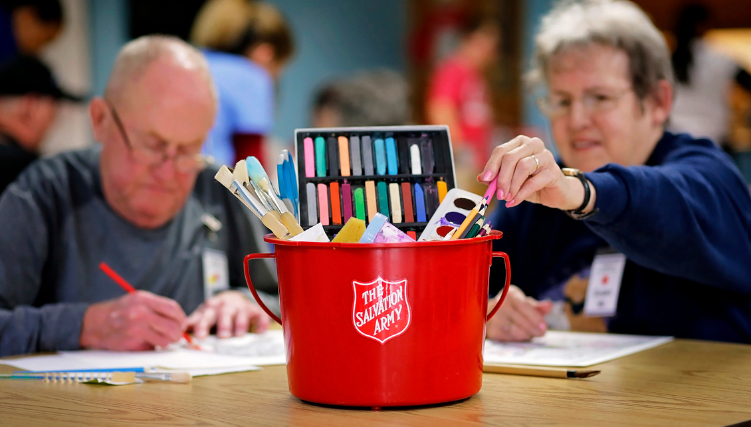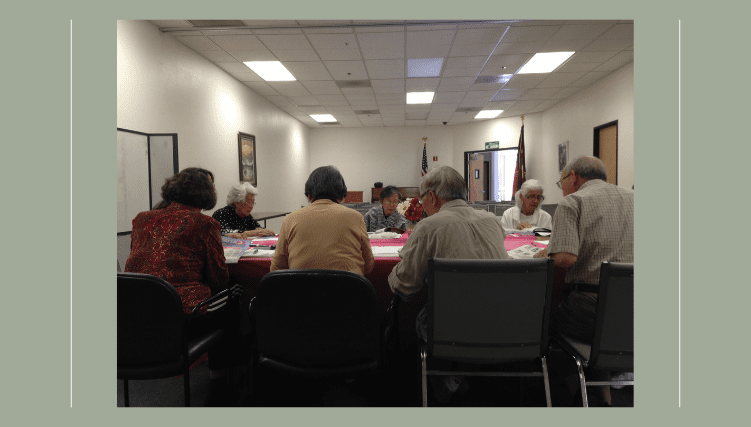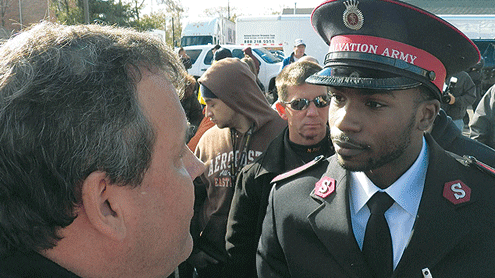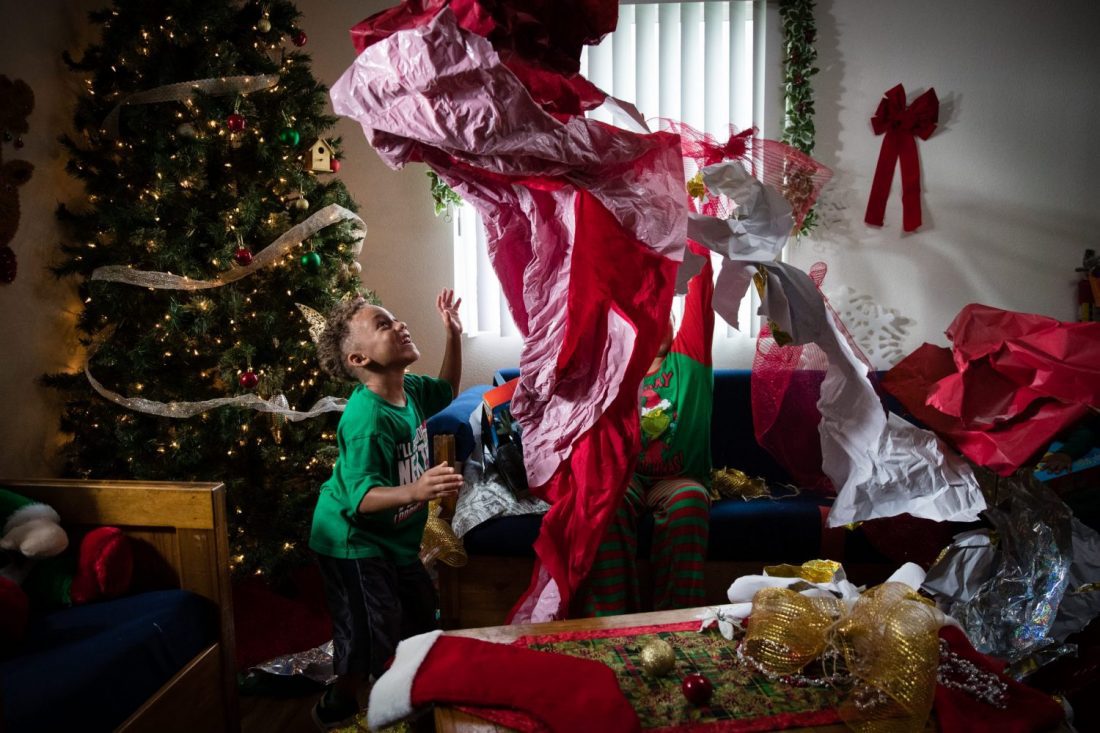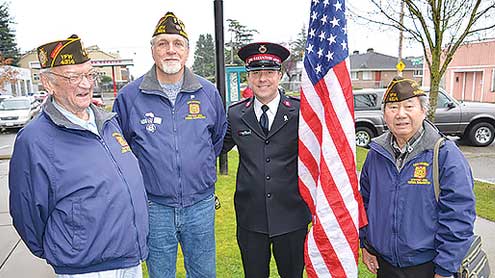Fourteen percent of older Americans report spending all their time alone, with 37 percent of people living fully alone, according to Pew Research and Fact Tank. Sometimes Christians can forget that seniors seen in church on a Sunday may have spent a great majority of their week alone.
While providing fellowship opportunities for seniors isn’t without challenges, it’s a service that Salvation Army Cadet Kate Wohlman believes churches should engage more in to assist and serve those who have given much to others throughout their lives.
Through her research, Wohlman created a list of eight ways congregation members can help to improve the lives of seniors in their ministry, as well as the congregation as a whole.
Senior lunches
By providing a hot meal at least once a week (or as frequently as resources allow) a congregation can provide not only a reason and purpose for seniors to leave their homes, but also a guaranteed opportunity for fellowship. Where meals are not possible, drop-in coffee hours would still be beneficial.
Special interest classes
By introducing both practical and appreciation-type classes across a wide range of topics, seniors are given the opportunity to learn for its own sake, enjoyment and socialization.
Family-oriented activities
Activities such as compiling scrapbooks, digitizing photographs or even letter correspondences help to build social support. Through the sharing of stories, church members are given the opportunity to learn more about each other. Greater empathy and understanding is built through building awareness of one another’s families, upbringing and work history.
Grief Share
This existing curriculum can be very beneficial to older adults as they deal with bereavement on loss on an ever-increasing basis. The focus is on helping create community to ensure that no one has to go through grief alone. The groups are led by their own members who understand and want to help those in their own circles, as well as being open to the general public.
Technology-focused cross-generational fellowship
Having younger members of the corps assist older members on how to fully operate devices such as smartphones and tablets, and assisting older members in research tasks, such as genealogy, booking trips and finding local resources (transport, places of interest, professional services, etc.) can build fellowship and confidence.
Resources board
Display information of local resources available to the senior population, much like those found at local libraries. Health information (such as hearing testing), transportation information (senior bus passes) are all very beneficial. Writing on the resources board should be clear, in large print and updated regularly.
Visitations
Where possible, pastoral care leaders should prioritize visiting homebound individuals on a regular basis. Take news of the church, bulletins, even pictures of church events to ensure that those members still feel involved and valued in the community. Then, bring updates back to the church and keep the congregation regularly updated on the health and well-being of homebound individuals, encouraging more people to stay connected.
Local transportation
Many church communities have vehicles that are used during evening program hours, particularly to pick up youth. Where possible, these vehicles can be made available during the day to assist in local transportation for those who need it, such as grocery store outings for the homebound or those without personal transport.
The years following retirement can be an incredibly productive time. Either by repurposing preexisting vocational skills, or by turning their hand to something new, many older adults take great pleasure at remaining active and continuing to learn during their later years.
Some find themselves with the freedom in their schedules to engage in significant volunteering, others develop new hobbies, commit themselves to developing skills or simply spend time travelling or visiting family.
Imagine if a church or community center became just as engaging and enticing to senior members as some of these recreational pastimes.
Do Good:
- You’ve probably seen the red kettles and thrift stores, and while we’re rightfully well known for both…The Salvation Army is so much more than red kettles and thrift stores. So who are we? What do we do? Where? Right this way for Salvation Army 101.
- Need some extra motivation to do good today? Follow Caring Magazine on Instagram for inspiring stories, podcasts and more to get you in the Fight for Good.
- Subscribe to the Do Gooders Podcast and tune in for good ideas. Get inspiration from the experts on how to do good and find meaning along the way—and join thousands in making an impact for good right where you are.











